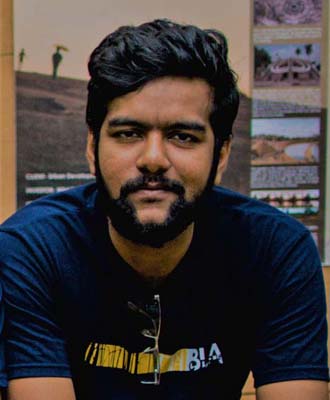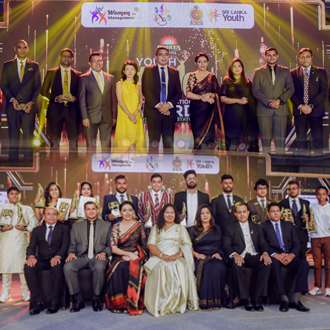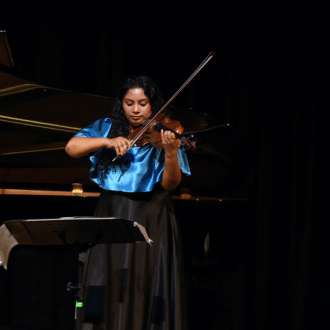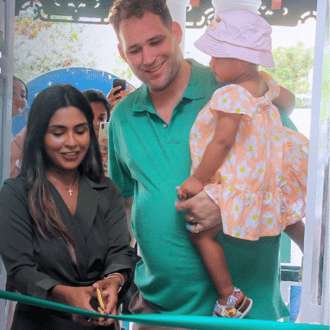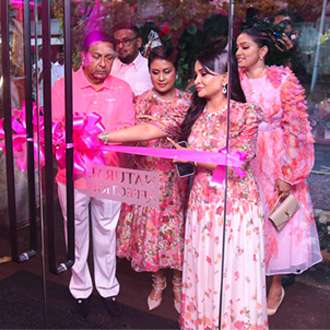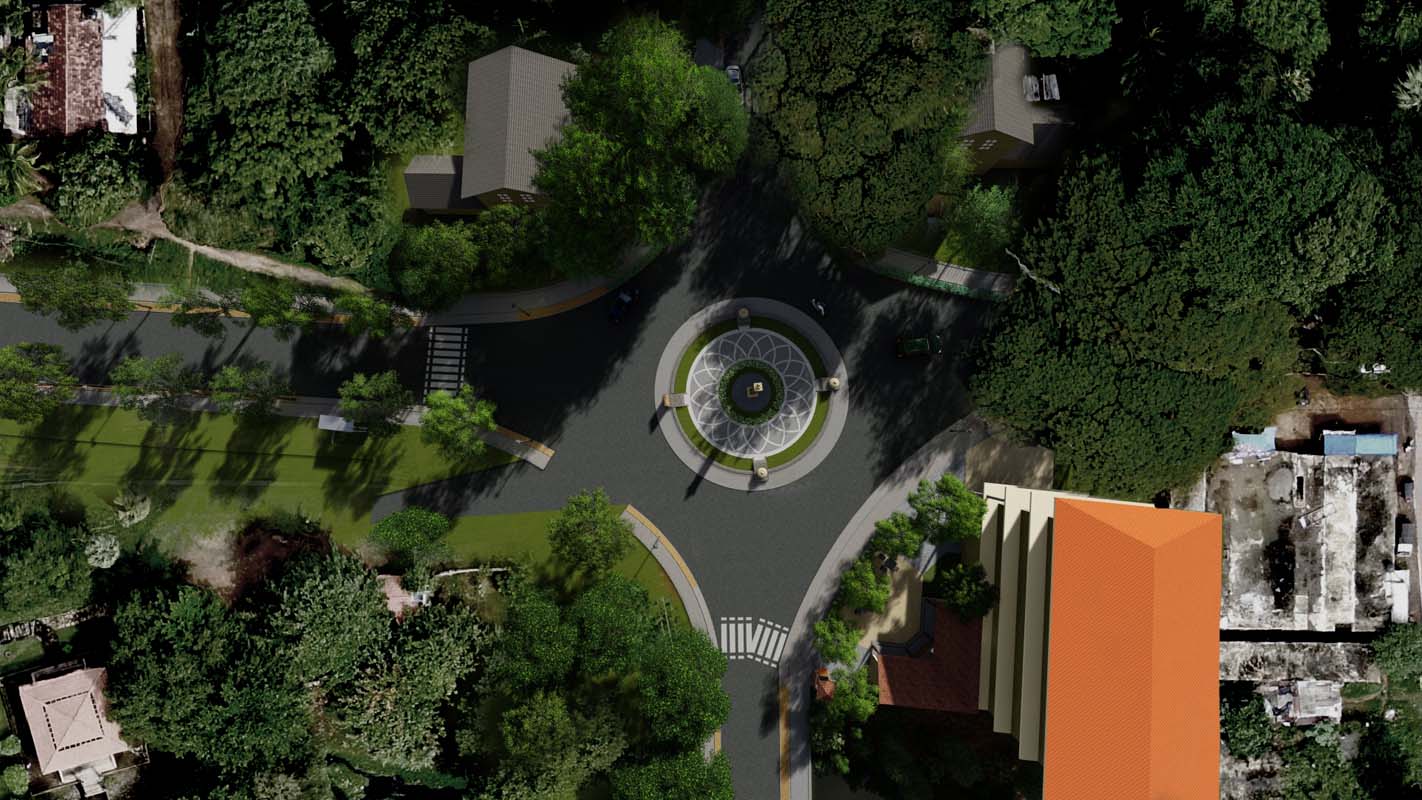
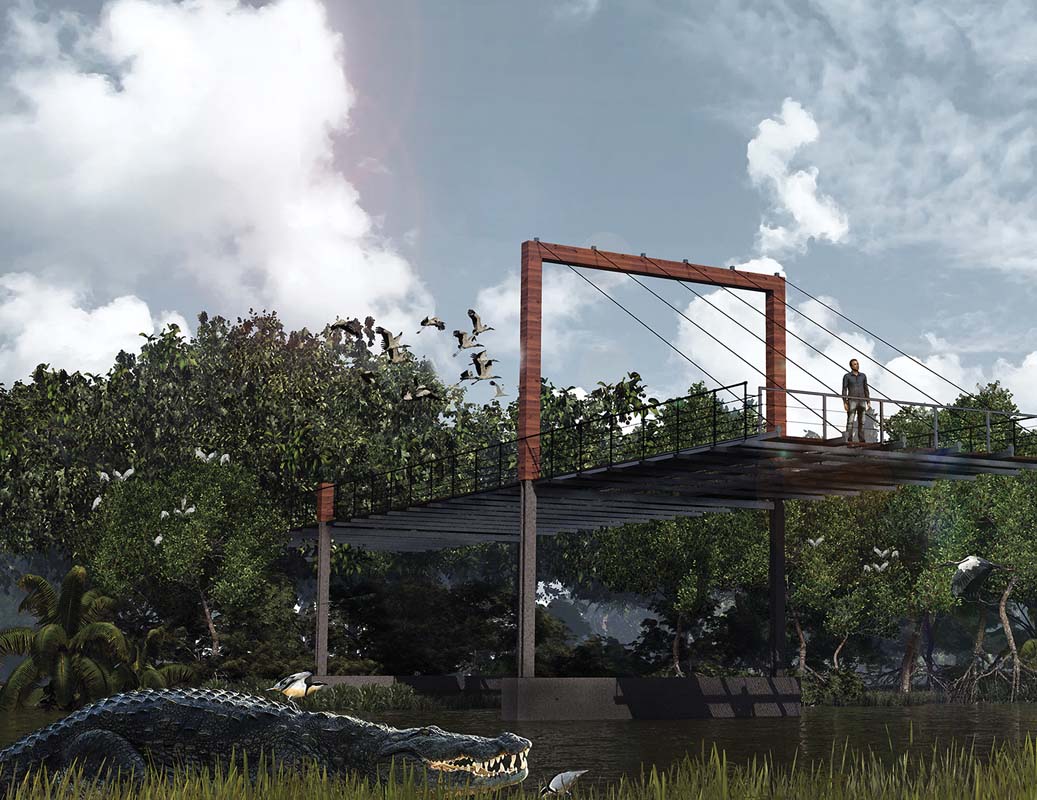
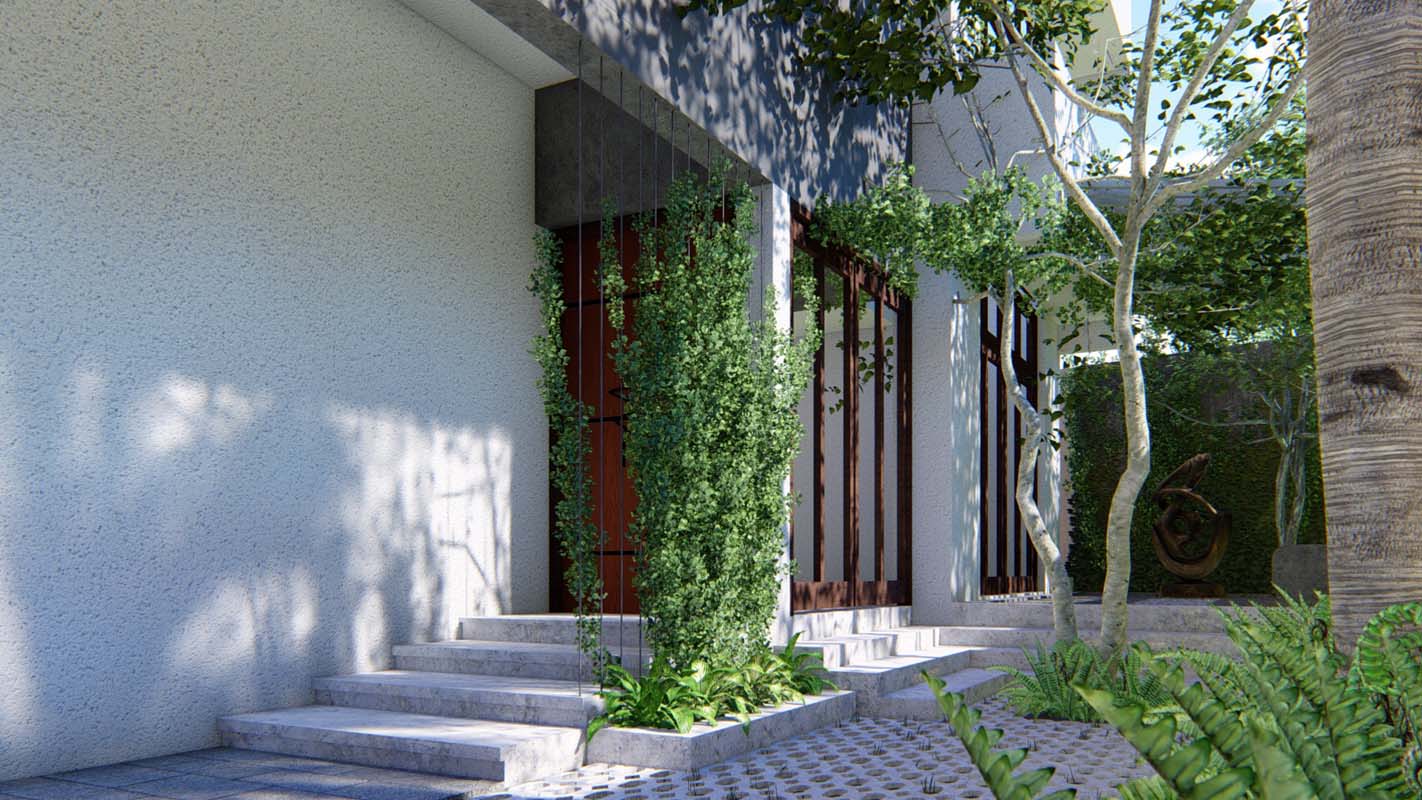
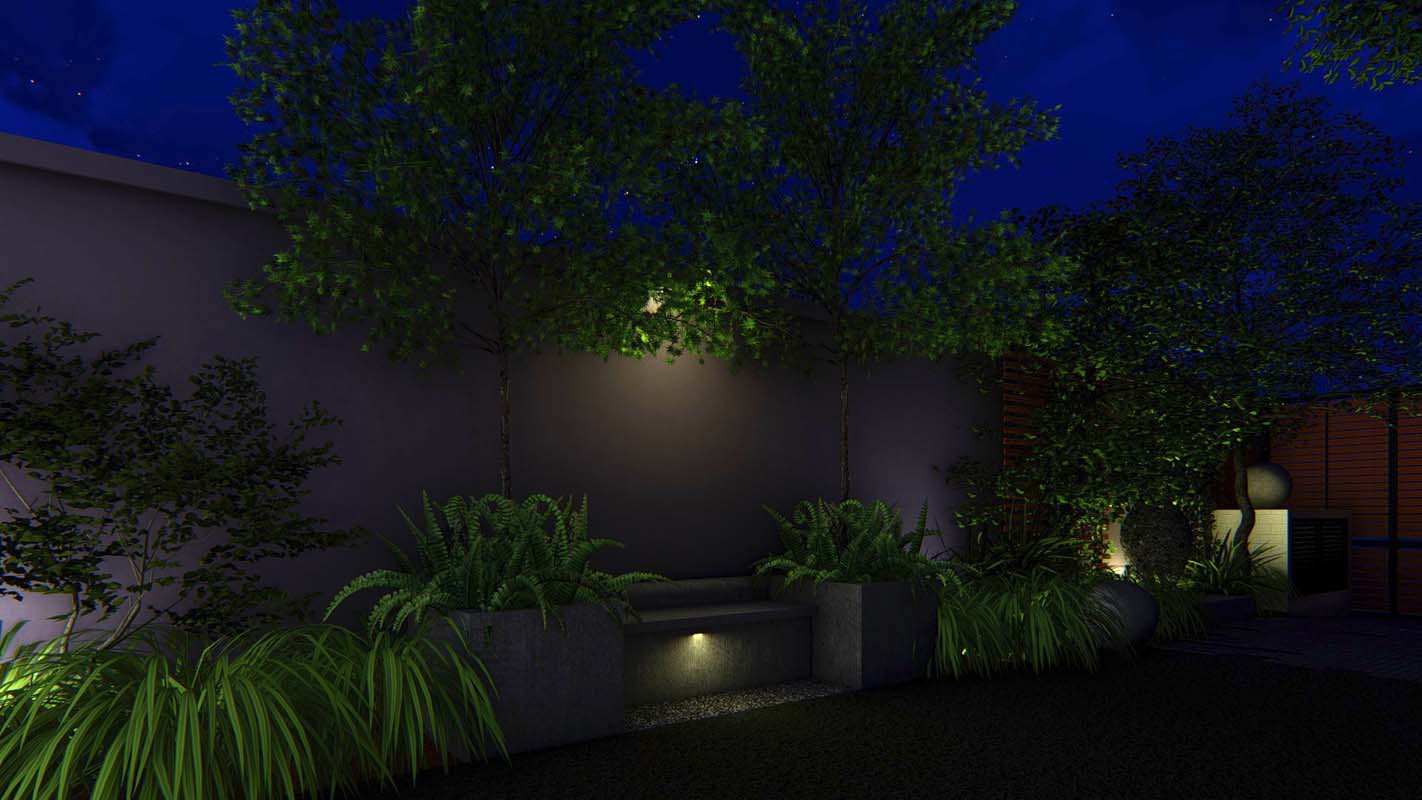
To appreciate the true value of landscape design and architecture, we have to recognise the significant contribution it makes to our quality of life and how it extends beyond just aesthetic visual improvements.
Ridma Praveen, a graduate from the University of Moratuwa and a landscape architect and design consultant in Colombo, talks about his busy career and explains the immense importance of creating environmentally sound landscape designs.
Landscaping or landscape architecture is not a new concept in Sri Lanka. When we look back at ancient kingdom periods of Anuradhapura, Polonnaruwa, Kandy, and other ancient cities, we can comprehend the usage and practice of landscape architectural concepts which we are talking about today. In the colonial eras of Sri Lanka, landscaping was established as a profession. So, after a couple of significant periods in history, landscape architecture is enjoying an enhanced status in the present day and it is increasingly a recognised and reputable practice among all levels of society. So, in my view, landscape architecture has become a popular and fashionable profession.
My grandfather, father, and his brothers are professional artists and craftsmen. So, I was brought up in an artistic environment. My first inspiration was their work. Then I decided that I wanted to become an architect because I’m passionate about the environment and I'm someone who loves to imagine different concepts. I wanted to spend my life with those things that are important to me. After my school education, I was accepted by the University of Moratuwa to study Landscape Architecture and in 2018 I graduated as a Bachelor of Landscape Architecture. Now I've officially started on my professional career as a landscape architect.
Yes of course. Our academic design projects and all exercises and outcomes had to address sustainable, ecological, geological and social factors. We were required to make presentations and take part in individual discussions and critiques for each subject area, to develop our professional thinking. As a result, we graduated with high standards in both practical and theoretical knowledge areas. As a consequence of those high standards, we always try to incorporate beneficial things within landscape design projects to ensure ecological sustainability.
The application of ecological principles may change according to the site and the scope of the project in question. As an example, we cannot apply the same ecological theories for every project. It requires great responsibility and sensitivity to select and apply correct ecological principles to a given location. So, in my practice, I’m always very conscious that I’m about to do something that could affect nature. As I mentioned earlier, if I've applied the wrong theory in the wrong location, the harm that I've done to the environment may be immeasurable.
In my professional practice, I've undertaken several residential landscaping projects and hotel projects, a Buddhist university and a monastery-type landscaping project. Currently, I’m employed as a landscape architect on the Anuradhapura national level development project. But more than all those projects I enjoyed my final year academic project (CDP) at the University of Moratuwa. This was a socio-ecology project calculated to mitigate human-crocodile conflict in the Nilwala River and to rehabilitate the Nilwala River floodplains. It was a very successful project and one of the best experiences of my life.
I’m a designer and an artist. But professionally I’m a landscape architect.
3D visualisation is a celebrated medium in the modern world. It's a very easy method for explaining the design ideas to the client and other stakeholders. Architects can envisage the final product from 2D plans but clients cannot. Also, our ideas and concepts cannot always be explained adequately using only 2D. Thus in such cases, 3D visualisations are invaluable for communicating our ideas to clients. From my experience, I believe it is a very successful method.
Technically, I’m very interested in the work and methods of Geoffrey Bawa, Laki Senanayake and Anjalendran Architects. Also, I like to see and experience the ancient landscapes and architectural features of Sri Lanka. I'm really inspired by those. In my free time, I enjoy spending time in both natural and urban environments and these provide further inspiration for my professional practice.
Water and rocks are the best materials that I've identified because I see in them a deep internal harmony and life-force. Native plants are the most preferable plant species for me. Artificial or western type plants are hardly used in my designs.
The economic capacity of potential clients to employ someone qualified to work on their landscapes or designs professionally is the main challenge. While people may be interested in changing their living spaces through landscape architecture, their economic situation is such that they cannot afford this service. However, in my practice, I always try to provide a professional service that goes beyond what they expect from us.
Yes of course. Let’s compare Sri Lankan stupas and Egyptian pyramids. Both are huge structures used for sacred purposes, but the functionality of those edifices was based on their diverse cultural practices. When we compare the Western-type garden with those, its design aspects and function are totally different. So, landscape architecture designs need to be consistent with the prevailing cultural traditions of the country, and also those designs need to allow meaningful cultural patterns to emerge.
We are in fact creating microclimatic environments through our designs. I think a significant number of microclimatic environments will affect the macroclimate. Unfortunately, I cannot single-handedly make a huge difference – but I can individually encourage people to focus on the environment and try to protect it. So, yes, I’m concerned about climate change.
Well, accurate knowledge of the environment and the correct design approach.
A good landscape designer should have a good understanding of the living environment. He or she should be a sensitive and creative person through personal experience and empathy for the environment. If you love the Earth, your designs will definitely bring about change in society.
Each year, the University of Moratuwa delivers more landscape architect graduates into the community. I have no worries about the knowledge and practices of these graduates because I also came from there. Consequently, I have hope. Together we can be an effective force for change and for protecting and improving the environment for everyone.
To make your landscaping dreams become reality, contact Ridma here: https://ridma_praveen.houzz.com/.
He says, “Our landscape architecture practise strikes a balance between aesthetics, functionality, and sustainability to create designs that foster a sense of place through a thoughtful ecological narrative”. “Whether designing a corporate landscape, a residential garden, a school playground, or a small urban park, we constantly study, explore, and integrate the latest green practices to advance state-of-the-art landscaping”.
